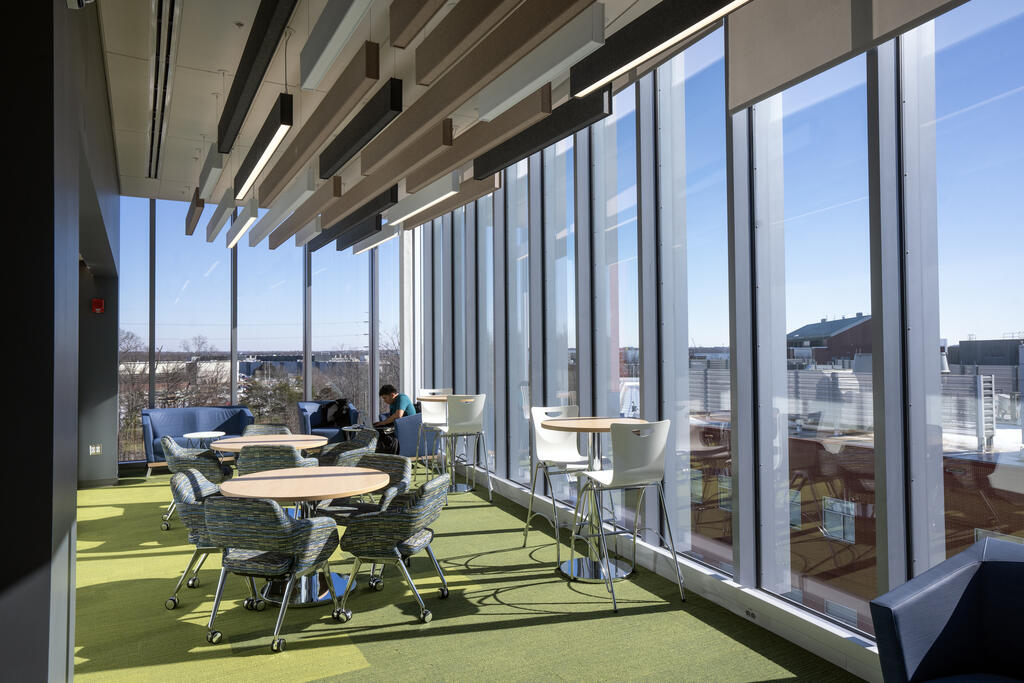Admission CTAs
Second Annual American Society for Intercellular Communication (ASIC) Conference unveils agenda, including new diversity effort and NIH collaborative pilot program
The planning committee has released agenda details for the Second Annual American Society for Intercellular Communication (ASIC) Conference occurring Thursday, October 13 through October 15, 2022 at the Bolger Center in Potomac, Maryland. This meeting has been partially funded by a new NIH/NCATS R13 proposal that was reviewed December 2021, with the emphasis on inclusion and diversity.*
The conference brings together investigators from diverse basic science and clinical fields to discuss and advance understanding of the multifactorial impact of extracellular vesicles (EV), extracellular particles (EP) and RNA (ExRNA) in diagnostics, treatments, while also fostering a basic understanding of the biogenesis of normal vs diseases states. The program of relatively shorts talks (15 and 30 minutes) encourages discussions that can take place after each scientific talk, where the audience and attendees can debate the concepts presented to foster a dynamic scientific exchange.
According to George Mason University Virology professor, and recently elected ASIC president, Dr. Fatah Kashanchi, “We’ve incorporated a number of new elements into this year’s conference to increase collaboration and accessibility to findings. The sessions are conveniently located in close proximity to the NIH facilities in Maryland to encourage clinical practitioner attendance.”
The event also reduced barriers of cost and accessibility to foster the inclusion of Under Represented Minorities (URM) in the organization’s efforts to reduce the impact of gender or other bias. The total cost of the three-day meeting ranges from $175 for a virtual participant to $400/$650 (including lodging) for students/PIs and Researchers.
“The conference cost which incorporates lodging and event materials is significantly lower than other global exchanges of this nature,” explained Kashanchi. “We’ve worked deliberately to make this program more affordable which allows us to engage more early-career scientists and bring in new investigators to this expanding field, including women and minorities in the field of EV/EP/ExRNA who otherwise might not be able to find the additional support to attend.”
The ASIC also created a new Diversity and Inclusion ASIC Committee (DIAC) under the leadership of Drs. Shilpa Buch (University of Nebraska Medical Center) and Meta Kuehn (Duke University). Additional members include Drs. Amanda Brown (Johns Hopkins University), Valerie Woja (University of Puerto Rico) and Andrea Raymond (Florida International University).
“The DIAC leads all possess extensive experience mentoring women and minority trainees,” Kashanchi explained. “We expect this approach will enhance opportunities for minority and women trainees attending the ASIC Conference as well as create a foundation for members’ advancement in becoming independent successful colleagues in this field,” he said.
In addition to specific DIAC programming, the Second ASIC Conference agenda will also include a session on Rigor, Reproducibility, Statistics and GMP production; a session on Non-EV ExRNA Carriers dedicated to the biogenesis and functions of non-EV exRNA carriers in recipient cells; sessions exploring connections within the application of bioengineering platforms and concepts for EV studies; and will launch a pilot project, a Diagnostic EV session with Clinical investigators from NIH hospital Building10 that accepts terminally ill patients to facilitate collaborations with clinicians and ASIC member researchers and companies.
This year’s ASIC Conference will also feature brainstorming sessions to facilitate informal networking and discussion of ideas that are complex, controversial, and consequential. Ideas will be collected during registration and throughout the meeting to identify the most compelling topics of interest.
Visit the 2022 ASIC conference website for more information or to register.
